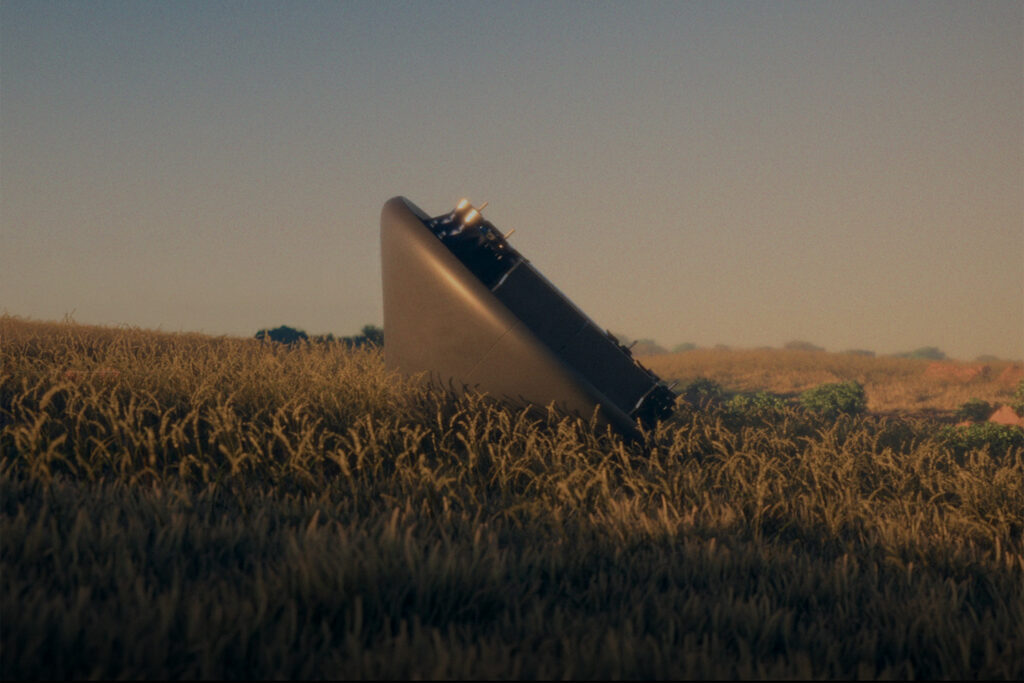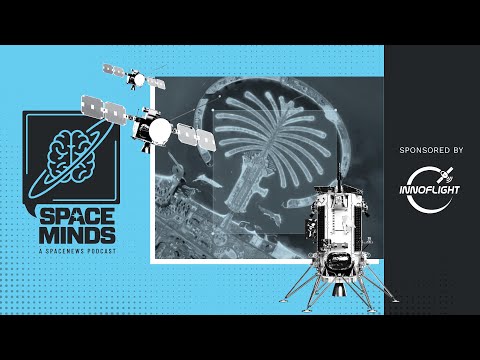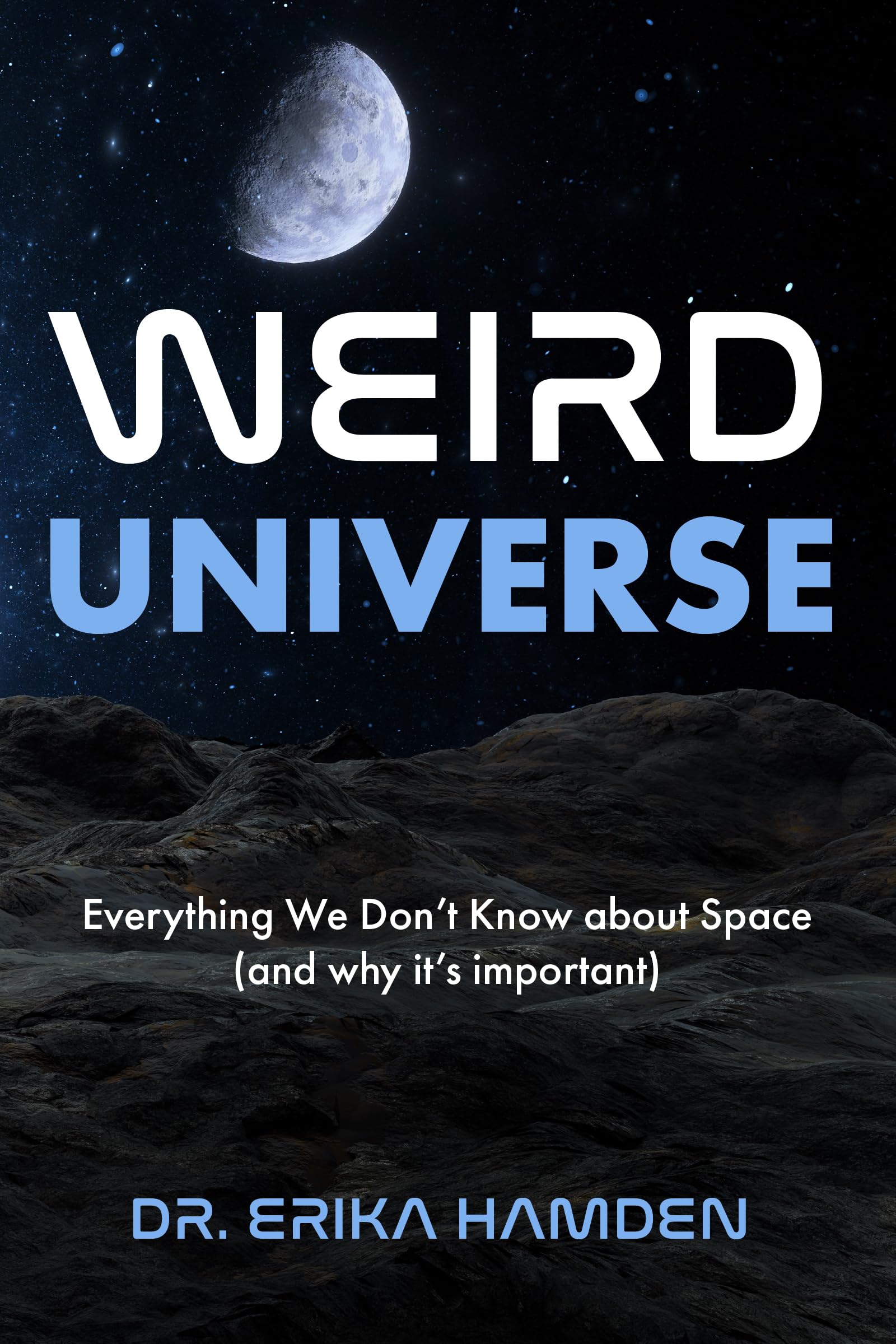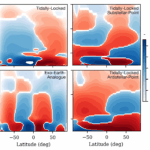Now Reading: I’m an exoplanet scientist. Here’s what we lose if we don’t launch Roman.
-
01
I’m an exoplanet scientist. Here’s what we lose if we don’t launch Roman.
I’m an exoplanet scientist. Here’s what we lose if we don’t launch Roman.

The president’s proposed budget includes major cuts to NASA — among them, the elimination of funding for the Nancy Grace Roman Space Telescope. Set to launch in just two years, Roman is poised to transform our understanding of exoplanets and the structure of the universe. Like the James Webb Space Telescope (JWST), it can detect both visible and infrared light — wavelengths longer than what our eyes can see. But Roman is fundamentally different in one key way: its much larger field of view. It can observe enormous swaths of the sky at once using its wide field instrument. That makes it capable of science that no other existing observatory can do, including JWST. And if it is killed, we will miss out on a generation of new scientific discoveries.
Before a telescope launches — before the headlines, the press releases and the breathtaking images — it’s hard to appreciate just how transformative it might be. The Hubble Space Telescope, for example, was built to do general astrophysics along with a handful of specific science goals, such as measuring the universe’s expansion. It not only fulfilled those aims but went on to revolutionize modern astronomy in ways no one could have fully predicted. Remarkably, Hubble launched before the first exoplanets had even been discovered. Yet once they were, Hubble became one of our most powerful tools for studying their atmospheres. JWST is already following in its footsteps.
Roman was similarly designed with a focused set of science goals, including exploring an uncharted region of exoplanet discovery space and investigating the nature of dark energy. However, since those original goals were laid out, scientists have developed a wide array of new ideas for what it could do. NASA’s website outlines Roman’s planned science — remarkable in its own right — but the telescope’s true potential extends far beyond what’s described there. Like Hubble and JWST, Roman will almost certainly uncover discoveries we don’t yet know to look for — things we haven’t yet imagined. The public rarely hears about that broader realm of possibility. In this piece, I want to spotlight just a few of those ideas — drawn from my own area of expertise: the search for moons and rings beyond our solar system. They represent just one small sliver of Roman’s enormous discovery potential beyond its already extraordinary core mission.
One of Roman’s primary missions is a microlensing survey that will detect about 2,500 exoplanets, ranging from rocky worlds like Earth to massive gas giants like Jupiter. These planets will orbit much farther from their host stars — at distances similar to those between Earth and the Sun, or even Saturn and the Sun — regions that have remained largely out of reach for current detection methods. This is a critical blind spot: almost all known exoplanets have been found using the transit or radial velocity methods, which are most sensitive to planets that orbit close to their stars. Roman will give us, for the first time, a full picture of the architecture of planetary systems, especially in their outer reaches.
In addition to those 2,500 microlensing detections, the same survey is expected to inadvertently detect thousands of transiting exoplanets. These discoveries will allow us to map how planet populations vary across our galaxy.
That alone would be revolutionary. But Roman is also uniquely capable of detecting something we’ve never conclusively observed before: exomoons.
Right now, not even a single exomoon has been confirmed to be orbiting an exoplanet. Roman may finally change that. Its microlensing survey is sensitive enough to detect moons orbiting free-floating planets — worlds that have been ejected from their home star systems. Simulations suggest that Roman could, for the first time, reveal a population of such moons.
We currently have no way of knowing how unusual Earth’s moon is. And yet, our moon may have played a crucial role in stabilizing Earth’s climate — its gravitational influence helps prevent chaotic swings in the planet’s tilt. That kind of stability could be important for making planets habitable. Moons are therefore predicted to have a significant influence on the long term climate and habitability of rocky planets. Roman’s microlensing survey could detect moons like ours around free-floating earth-sized planets — systems where the planet and moon were ejected together. That would help us answer a profound question: Are moons like Earth’s unusual or common?
Roman could also search for exomoons around young, free-floating giant planets using the transit method. Similar to how the Kepler telescope monitored thousands of stars for dips in light caused by orbiting planets, Roman can continuously observe bright, glowing, young giant planets to search for the transits of orbiting moons. If our current models of moon formation are correct, these surveys could detect around a dozen moons — potentially including ones comparable in size to Saturn’s moon Titan.
Taken together, these methods give Roman the unprecedented ability to not only detect the first confirmed exomoon, but to uncover an entire population — ranging from Earth-moon analogs to terrestrial-sized satellites orbiting giant free-floating planets. No other observatory, current or planned, has this capability. If Roman is cancelled, this potential science disappears with it, and we will remain in the dark about these systems for decades.
All of this science comes from just one of Roman’s instruments. The telescope also includes a second instrument: the Coronagraphic Instrument (CGI), which is designed to directly image exoplanets by blocking the glare of their host stars. This is extremely challenging — stars are billions of times brighter than their planets — but CGI uses cutting-edge technology to suppress the starlight and reveal the much fainter reflected light from planets orbiting the star. For the first time, we could directly observe the light from planets analogous to Jupiter and Saturn in other solar systems. Even more exciting: CGI might detect rings around these planets — rings like Saturn’s, orbiting alien worlds. JWST has already shown that in the infrared, rings and moons can outshine their host planets in some cases.

Roman’s CGI could capture the first direct images of planets orbiting other stars with Saturn-like ring systems. These rings may have formed from moons or small bodies that were torn apart by a planet’s gravity — offering clues about the history and evolution of these systems.
By detecting both exomoons and exorings, Roman would — for the first time — allow us to understand the moons and rings of our own solar system within a broader cosmic context. And this is just one part of Roman’s vast scientific potential. From probing dark energy to unraveling the processes of star and planet formation, Roman is uniquely equipped to tackle some of the biggest questions in astronomy.
We have already invested more than a decade of engineering, preparation and research into building this observatory — and we’re now just two years from launch. If Roman is cancelled now, we don’t just pause a project — we abandon a generation of science. And we close the door on discoveries that would deepen our understanding of the universe and our place in it.
Mary Anne Limbach is an astronomer at the University of Michigan and an exoplanet scientist specializing in space-based infrared observations of planets, moons and rings beyond our solar system. She has led or co-led 10 James Webb Space Telescope programs. Her team has spent years preparing for Roman’s groundbreaking capabilities, not only in its core mission, but its broader General Investigator program.
SpaceNews is committed to publishing our community’s diverse perspectives. Whether you’re an academic, executive, engineer or even just a concerned citizen of the cosmos, send your arguments and viewpoints to opinion@spacenews.com to be considered for publication online or in our next magazine. The perspectives shared in these op-eds are solely those of the authors.
Stay Informed With the Latest & Most Important News
-
 01From Polymerization-Enabled Folding and Assembly to Chemical Evolution: Key Processes for Emergence of Functional Polymers in the Origin of Life
01From Polymerization-Enabled Folding and Assembly to Chemical Evolution: Key Processes for Emergence of Functional Polymers in the Origin of Life -
 02Panasonic Leica Summilux DG 15mm f/1.7 ASPH review
02Panasonic Leica Summilux DG 15mm f/1.7 ASPH review -
 03How New NASA, India Earth Satellite NISAR Will See Earth
03How New NASA, India Earth Satellite NISAR Will See Earth -
 04And Thus Begins A New Year For Life On Earth
04And Thus Begins A New Year For Life On Earth -
 05Astronomy Activation Ambassadors: A New Era
05Astronomy Activation Ambassadors: A New Era -
06SpaceX launch surge helps set new global launch record in 2024
-
 07Space Force plans new ‘Futures Command’ amid pressure to speed up modernization
07Space Force plans new ‘Futures Command’ amid pressure to speed up modernization




















